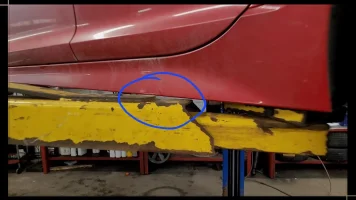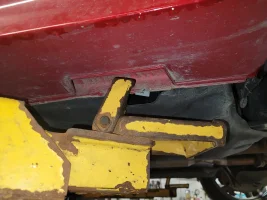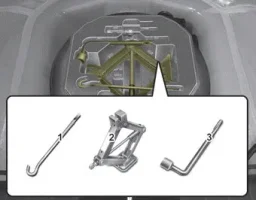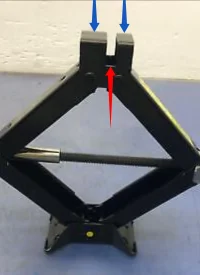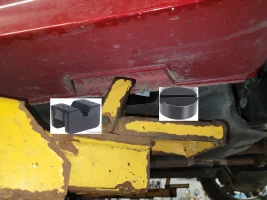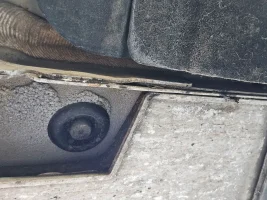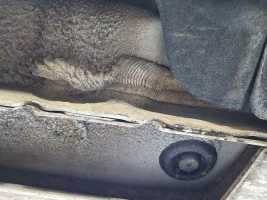D.J.
2500 Posts Club!
- Joined
- Feb 24, 2018
- Messages
- 3,258
- Reaction score
- 1,488
- Points
- 118
- Location
- Toronto, Ontario, Canada
I figured this short vid was worth its own thread.
Seems even some Kia Dealers still manage to damage some owners' side skirts..
When lifting on a hoist, the "feet" or "pads" need to be positioned correctly to avoid damaging the side skirts. It's not difficult, but it does usually require bending down, rather than just kicking the arms under and crossing your fingers.
Seems even some Kia Dealers still manage to damage some owners' side skirts..
When lifting on a hoist, the "feet" or "pads" need to be positioned correctly to avoid damaging the side skirts. It's not difficult, but it does usually require bending down, rather than just kicking the arms under and crossing your fingers.


